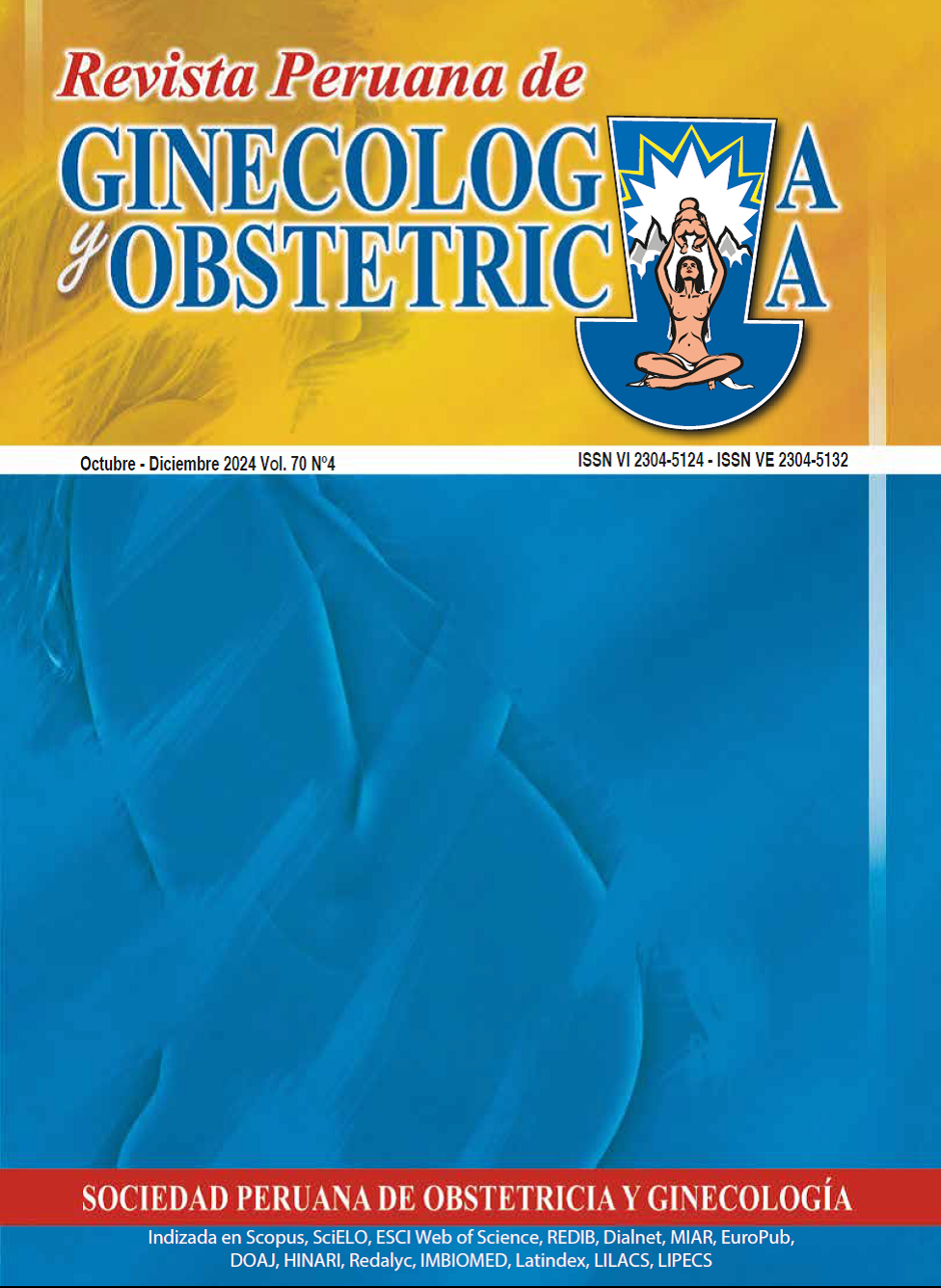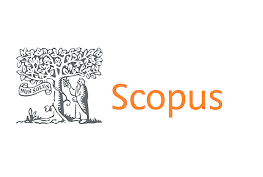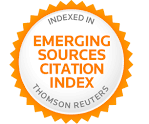Cervical funneling as a predictor of successful induction of labor in term pregnancies
DOI:
https://doi.org/10.31403/rpgo.v70i2692Keywords:
Cervix uteri, induced, predictionAbstract
Objective: To evaluate the usefulness of cervical funneling as a predictor of successful
labor induction in term pregnancies. Design: Case-control study. Institution: Hospital
Central de Maracaibo, Venezuela. Participants: Pregnant women who underwent
labor induction. Methods: Pregnant women were evaluated by ultrasound to
establish the presence or absence of cervical tunneling before the start of labor
induction. Main outcome measures: Maternal characteristics, induction-delivery
interval and type of delivery. Results: A total of 443 pregnant women who underwent
induction or labor were selected. Cervical ultrasound evaluation revealed that 192
patients (44.3%) displayed cervical funneling. No statistically significant differences
were observed between the two groups in general characteristics (p = ns). In
patients with cervical tunneling, the induction and delivery onset interval was 14.2
± 5.5 hours, while in those without it was 16.0 ± 5.0 hours (p = 0.0004). As for mode
of delivery, patients with tunneling had 168 deliveries (87.5%) compared to 181
deliveries (72.1%) in group B (p < 0.0001). On the other hand, 67 deliveries (34.8%) in
the cervical tunneling group occurred within 12 hours after induction, while patients
without cervical tunneling recorded 66 deliveries (26.2%) in the same period (p =
0.0497). Conclusion: The findings of this investigation suggest that cervical tunneling
is a useful predictor for successful induction of labor in term pregnancies.
Downloads
Downloads
Published
How to Cite
Issue
Section
License
Copyright (c) 2024 Eduardo Reyna-Villasmil, Jorly Mejía-Montilla, Nadia Reyna-Villasmil, Duly Torres-Cepeda, Martha Rondón-Tapia, Carlos Briceño-Pérez

This work is licensed under a Creative Commons Attribution 4.0 International License.
Esta revista provee acceso libre inmediato a su contenido bajo el principio de que hacer disponible gratuitamente la investigación al publico, lo cual fomenta un mayor intercambio de conocimiento global.















